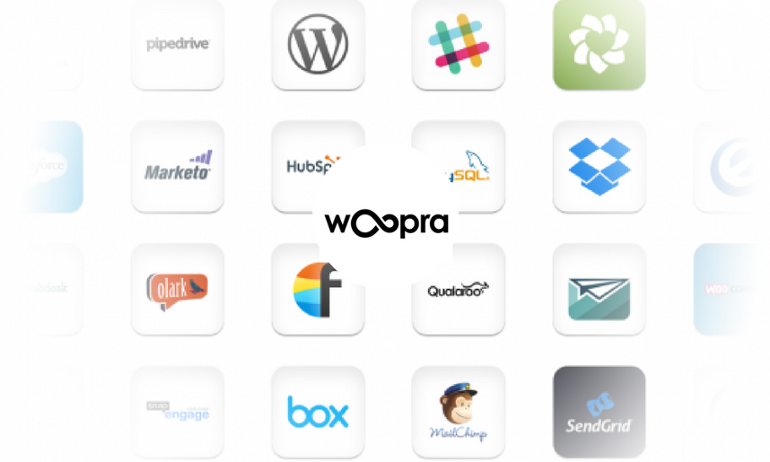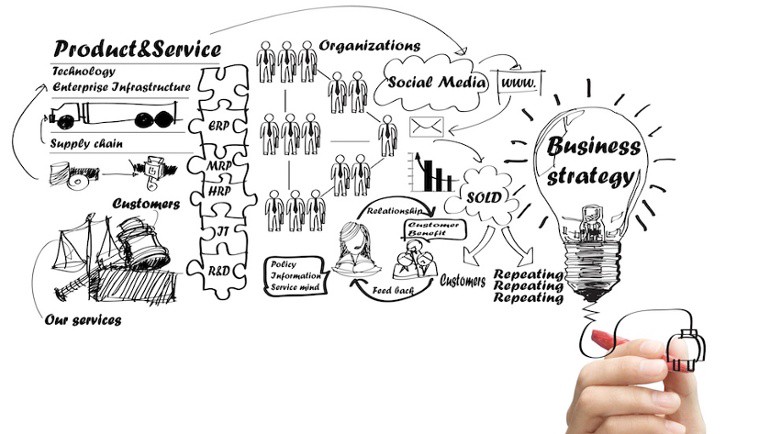Welcome to part two in a three-part series taking marketers on the journey to a Data-Driven Culture. In this series, you’ll learn how to design a data-fueled marketing strategy that removes the gut check from decision making and enables hyper-relevant marketing at a global scale.
In part one of this series, we discussed the importance of taking time to conduct a thorough data roll call in your organization. In this exercise, the disparate data sources and corresponding unique actions within your company are identified, leaving you with a comprehensive list of accessible data points. Today, we’ll deep-dive into the next fundamental step in creating a data-driven culture — bringing your siloed data together by applying the glue.
“The greatest element lacking is the complete view of the customer journey.”
Marketers continue to struggle with leveraging relevant customer behavior to create meaningful, authentic and personalized experiences across all channels. With the ever-expanding volume of information available, housed within diverse toolsets, the greatest element lacking is the complete view of the customer journey.
“Today’s customer journey is an iterative, complex, pinball of touchpoints.”
Below, we will illustrate the important role unified customer profiles play within this journey and the three steps you can take within Woopra to get there.
Why you Need Unified Customer Profiles

Our relationship with data has transformed in fundamental ways. For years, we’ve let the separation of data fragment our lives, not realizing how much it costs us. If you’re familiar with Scott Brinker’s Marketing Technology Landscape Supergraphic, you’ve seen the growing list of more than 3874 marketing tools that are uniformly seeking your attention (and budgets).
“For years, we’ve let the separation of data fragment our lives, not realizing how much it costs us.”
It’s true that modern marketers need to tap a broader range of resources to support decision making, but with the proliferation of technology comes the proliferation of data. And, bringing this all together — applying the glue to connect cross-channel behavior — can be a daunting task.
“Applying the glue to connect cross-channel behavior can be a daunting task.”
Luckily, you’re not alone on the fragmented data battleground. If misery loves company, you’ll be pleased to know that this struggle spans well beyond a few organizations. In fact, a study by Informatica revealed that the greatest challenge marketers face today is fragmented consumer data. This pain point comes at no surprise when the average marketer is now said to be using at least 17 different technologies.
Companies have put an incredible emphasis on optimizing the customer journey throughout the identifiable touch points, but having such a narrow focus on individual moments leaves out what’s incredibly more important — the end-to-end experience.
“Focusing on individual moments leaves out what’s incredibly more important-the end-to-end experience.”
Would you try to tell a story if essential pages in the middle were missing? You may be able to explain why a customer purchased and identify reasons for churn, but do you know how engaged they were with different product features? How many support requests they put in? Did they attend an event or come through a referral? If you’re depending on this data to tell a story, you’re probably missing a few chapters without an integrated customer profile.
“Once the business data have been centralized and integrated, the value of the database is greater than the sum of the pre-existing parts.”
Marketers can answer these questions (and more) by investing in a single technology solution that allows them to pinpoint individual behavior, activity, engagement and purchase paths to personalize the experience around unique and dynamic needs.
Consolidating Siloed Customer Data with Woopra

If at this point you’re confident that holistic customer data is a key driver in marketing success, you’ve come to the right place. Woopra was built on this very premise and is designed to streamline real-time data integration with the simplicity of a few clicks.
Here’s you can do it in three steps:
Step One:
Woopra’s tracking technology begins the day you install the short Javascript tracking codeonto your website. You will instantly be able to view real-time profiles of website visitors with behavioral and demographic data.
Step Two:
Within the Woopra platform, navigate to AppConnect. Here you can select the integration partners that coincide with your business. Woopra partners with 35+ solution providers including Salesforce, Hubspot, Adwords, Optimizely, Stripe, Bluekai, Marketo and more.
Step Three:
Clicking “Install” will prompt you to enter the corresponding API key, or (depending on the application) simply login directly from within AppConnect.
And, you’re done! Within a matter of minutes you’ve consolidated the information housed within disparate systems and created one source of truth for your visitor and customer data. Rather than having a point solution for data management and numerous channels holding crucial engagement data, Woopra’s platform enables marketers to reduce waste, get faster insights and communicate with incredible precision.
“81% of marketers report having challenges obtaining a single customer view.”
Bringing all of your data within a singular hub is a significant step in understanding who your customers are and how they interact with your brand. A whopping 81% of marketers report having challenges obtaining a single customer view. Solving this dilemma will immediately allow you to focus solely on leveraging these insights to deliver a more sophisticated and personalized end-to-end experience.
Redesigning the Customer Journey with Unified Profiles

Seeing the path represented from beginning to end will immediately illuminate areas desperate for optimization. You’ll quickly identify gaps, problem areas and shortcomings. Every department within the organization will benefit from this overarching view of the customer journey. The engineering team will be able to identify product weaknesses, customer success can identify critical onboarding complexities and the sales team will see what combination of elements can lead to customer churn.
“Every department benefits from an overarching view of the customer journey.”
As a marketer, analyzing the journey and attempting to redesign the process will only get you so far. To implement real change, multiple parties throughout the organization need to be involved and invested in customer success.
“The analytics part is getting beyond the data, or more specifically, below the data. It’s telling stories about the true underlying, unobservable processes that are driving that data and driving business success.” — Peter Fader, Wharton Professor and Analytics Expert
In part three of this series, “Turning Insight into Action: The Quest for the Holy Grail of Marketing” we’ll discuss how to harness the power of fused data to trigger automated actions, identify opportunities to engage with the right message at the right time and extract authentic storylines to deliver exceptional experiences.



